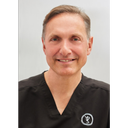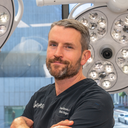Hi. To appropriately discuss implant size and choice, you really need an in person evaluation by a plastic surgeon with good experience with breast augmentation. Opinions and preferences will vary somewhat from one surgeon to another surgeon. Personally I start with the base width of the patient as the starting point for the footprint of the future implant. Tissue characteristics, and desired postoperative size, and patient anatomy all factor in to the proper selection of implant volume as well as profile.







